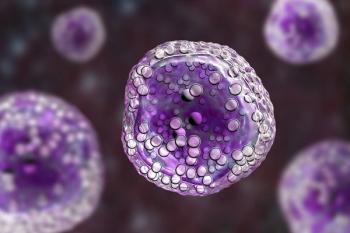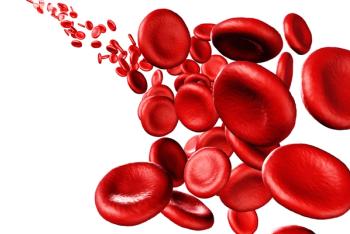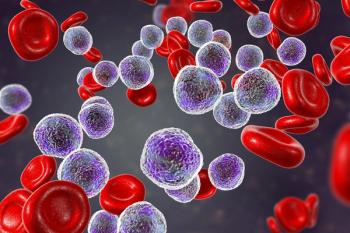
- Oncology Vol 28 No 1S
- Volume 28
- Issue 1S
(P011) Efficacy and Morbidity of Temporary Iodine-125 Brachytherapy in Pediatric Rhabdomyosarcomas
Rhabdomyosarcomas are the most common soft tissue tumors in the pediatric population, and they have a high propensity for local recurrence. Adjuvant radiation therapy is often used in their management and has a vital role in maximizing local control.
Courtney Hentz, William Barrett, MD; Department of Radiation Oncology, University of Cincinnati Medical Center
Purpose: Rhabdomyosarcomas are the most common soft tissue tumors in the pediatric population, and they have a high propensity for local recurrence. Adjuvant radiation therapy is often used in their management and has a vital role in maximizing local control. Brachytherapy has advantages over external beam radiation therapy (EBRT) that are important in the pediatric population-namely, the ability to provide a high dose of radiation to the most susceptible areas of recurrence, while delivering a much lower dose to surrounding normal tissue. Since the pediatric population is at increased risk for long-term complications of radiation therapy (RT) affecting growth and development, it is important to establish the best radiation treatment regimen with minimal exposure to healthy tissue and optimal local control. Iodine-125 brachytherapy, in particular, has the advantage over iridium-192 of being of lower energy, permitting easier shielding, and is more accommodating for patient interaction during treatment. This study examined a group of pediatric patients with rhabdomyosarcomas who were treated with temporary, low-dose-rate iodine-125 brachytherapy and investigated the efficacy and side effects of such treatment. This is the first report of patients exclusively with rhabdomyosarcomas being treated exclusively with iodine-125 brachytherapy.
Methods: This study examined a group of eight pediatric patients with new or recurrent rhabdomyosarcomas who were treated with adjuvant temporary, low-dose-rate iodine-125 brachytherapy, total dose 3,600–4,500 cGy to the target volume, and investigated the efficacy and early and late side effects of such treatment.
Results: The results demonstrate a local recurrence rate of 12.5%, with minimal side effects occurring in the patients who had no prior radiation history. There was an 88% disease-free survival (DFS) and overall survival (OS). Three patients with prior radiation exposure experienced early and/or late adverse events, and all patients without prior radiation experienced no significant late adverse events.
Conclusions: This study demonstrates good local control and survival in pediatric patients with rhabdomyosarcomas treated with iodine-125 brachytherapy, with a low rate of side effects in patients without prior radiation exposure and a notable increase in radiation toxicity with a history of prior radiation. Radiation therapy has an important role in maximizing local control of rhabdomyosarcomas, and the high efficacy and ease of radiation protection for visitors establish iodine-125 brachytherapy as an effective treatment that is logistically convenient for patients and families. This is the first report of patients exclusively with rhabdomyosarcomas being treated exclusively with iodine-125 brachytherapy and demonstrates promising results.
Articles in this issue
Newsletter
Stay up to date on recent advances in the multidisciplinary approach to cancer.


















































































